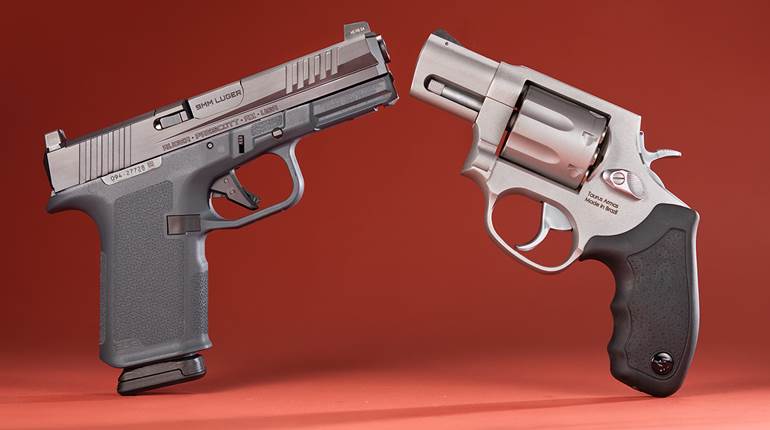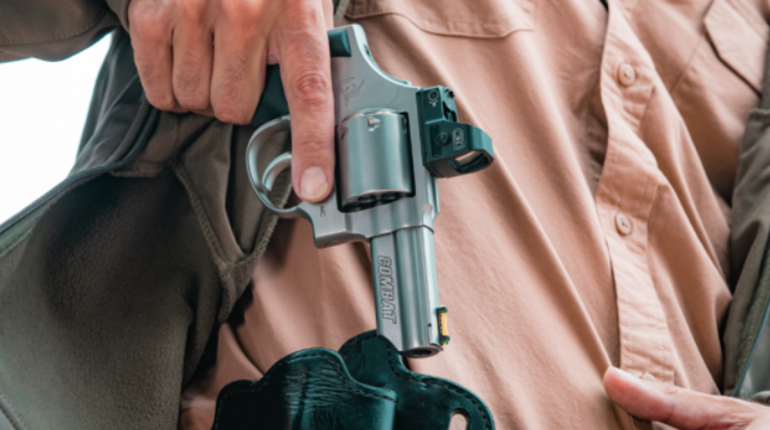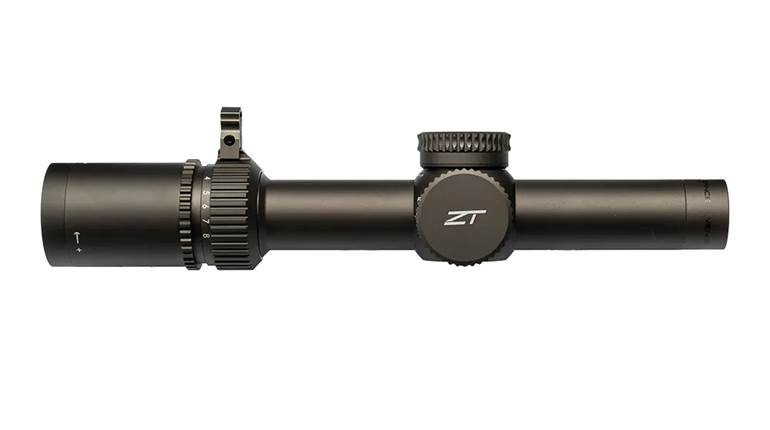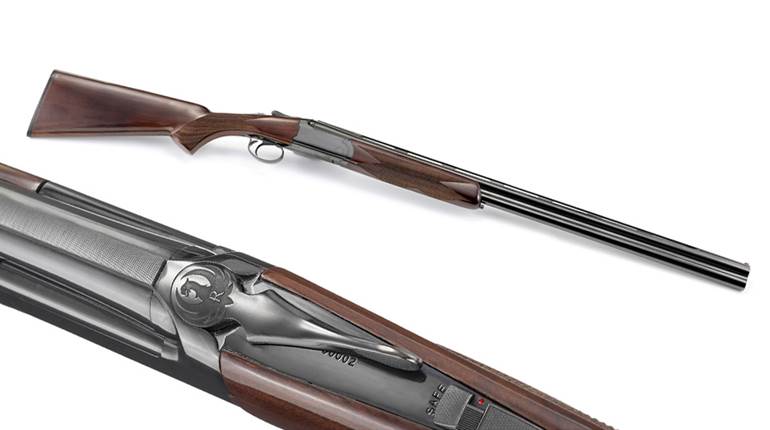
In 1983, Dennis Tueller, a police officer, published an article discussing the need to defend against an attacker armed with a knife or blunt weapon. Through his tests and studies he determined that a person would be in danger if the attacker came at him from 21 feet or less. In short, the attacker could get to his victim before the victim was able to draw and accurately fire his handgun. While this study was done to educate police officers, it obviously is just as important to the armed citizen. However, through the passing years, various interpretations of Tueller's study have led to some confusion. And it is confusion that just might get the armed citizen in trouble.
Suppose that you are forced to shoot an attacker in self-defense. Suppose further that your attacker was armed with a knife and, during your court proceedings you refer to the “21-foot rule” as your justification for using deadly force. And that would be the time that the prosecutor produces an investigating officer who testifies that the actual distance between you and the attacker was 28 feet. Hopefully your attorney would be able to overcome this discrepancy and still convince the court that it was reasonable for you to be in fear for your life. But it has created doubt that just might sway the jury against you.
The simple fact is that 21 feet is an arbitrary distance that may, or may not, relate to your particular situation. To begin with, few people can point to the ground and accurately point out what 21 feet looks like. Secondly, while the Tueller studies are extremely sound, there are a lot of factors that make it an arbitrary distance.
One consideration is the physical condition of your attacker. Obviously, a young man in good condition can cover the ground a whole faster than an old, fat man. How fast the attacker is moving has a great bearing on how quickly he can get within striking distance of his victim.
Another consideration is the condition of the terrain. A person can travel across a smooth floor, or paved parking lot, much faster than he can across rocky ground, or ground that is covered with other obstacles.
The condition of the victim also factors into this question. Are you in good shape, or packing too much weight? Have the years begun to slow you down? Are you carrying your defensive handgun openly, or is it concealed in deep cover? Can your draw and hit in one second, or does it take more like 2½ seconds? Were you able to step behind cover, or were you caught out in the open? All of these factors affect how quickly you can respond to this deadly threat. And all of these factors affect how the Tueller studies will relate to you.
If I were going to rely on this premise in the wake of a defensive shooting during police questioning or courtroom testimony, I would never refer to the matter as “The 21-foot Rule.” I would call it "The Tueller Study." And I would explain that I was concerned with a distance of approximately 21 feet because I never had the opportunity to actually measure the ground between me and my attacker. And I used deadly force because I honestly believed that the bad guy was close enough to place me in fear for my life or serious bodily injury.
For further information and study on this matter and some training drills, I refer you to the April, 2015 issue of Shooting Illustrated. My friend and co-worker Richard Mann has an excellent article on the matter entitled “Twenty-one Feet.” Just remember that it is “The Tueller Study” and the distance is approximately 21 feet.























![Winchester Comm[94]](/media/1mleusmd/winchester-comm-94.jpg?anchor=center&mode=crop&width=770&height=430&rnd=134090756537800000&quality=60)
![Winchester Comm[94]](/media/1mleusmd/winchester-comm-94.jpg?anchor=center&mode=crop&width=150&height=150&rnd=134090756537800000&quality=60)












